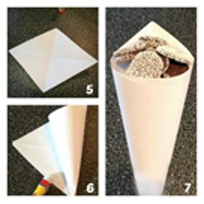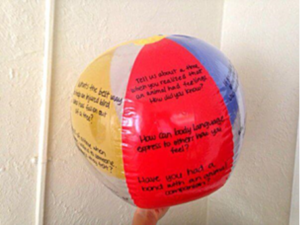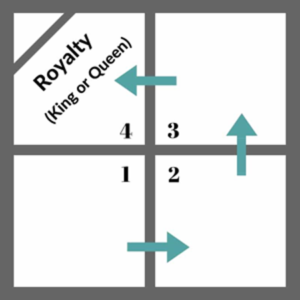Age Group: All
# of Students: Min- 4, Max- the more the merrier!
Overview
Students will practice their empathy skills as they play this life-size game of Sorry.
Materials
Open space, Multiple poly spots (rubber spots/squares for markers), cones, OR cardstock/construction paper taped to the floor, dice
Duration
20-25 minutes (or longer if they’re having fun!)
Instructions
1. Required set up: Create a “playing board” maze of spots around the room from point A to point B. If needed, mark the spots in order, or make sure it is clear what direction to go.
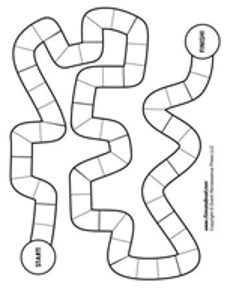
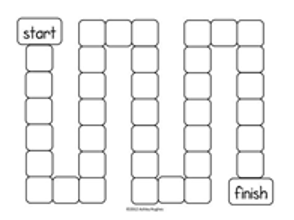
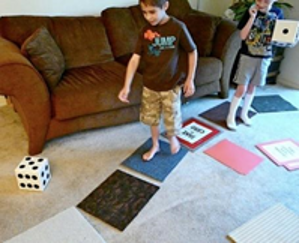
2. Depending on how many spots you are using, choose 1/5 of the spots to be marked “safe,” and 1/5 of the spots to be ‘move forward 5 steps, move back 2 steps’- etc. You can get creative with this. (Example: 20 spots- 1/5= 4 spots to be safe, 4 spots to move forward or back, etc.)
3. Gather students in an open space.
4. Explain the game.
Instructor: “We are going to play a life size empathy version of Sorry. We will line up by birthday order (from January to December). January birthdays will go first, one person at a time.”
“A student will roll the dice and move that many spaces on the board. If they land on ‘safe,’ they are safe until their next round. If they land on ‘move up or back,’ they must do so.”
“The next student will roll the dice and move that many spaces on the board. If they land on the same space as someone else the first person there gets kicked off and the space is now occupied by the new student. The old student has to go back to the end of the line. This does not apply to safe spaces; multiple students can stand on those at one time.”
“This will continue until someone makes it to the finish line. Any time someone lands on a spot with someone else, the person who was there first moves back to the end of the line (unless the spot is safe.). Once all kids have gone one turn, it will start again with the students on the board then go to the students in the line.”
5. Questions?
6. Begin game.
Reflection Questions:
1. How did it feel to knock someone off their spot?
2. How did it feel to be knocked off your spot and forced to go back to the beginning?
3. What did you feel when you were in a safe spot?
4. What was your favorite part of the game?



